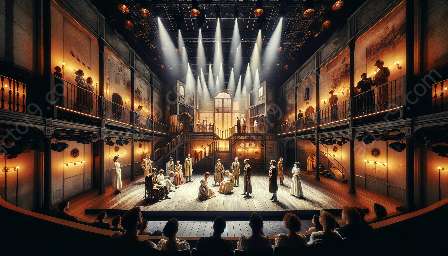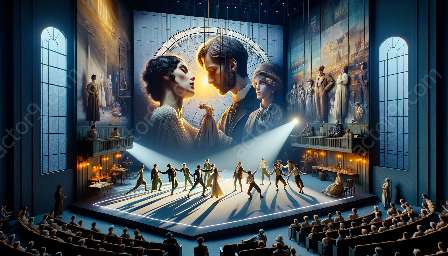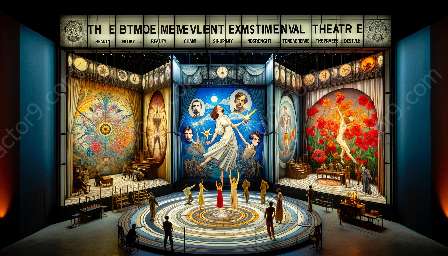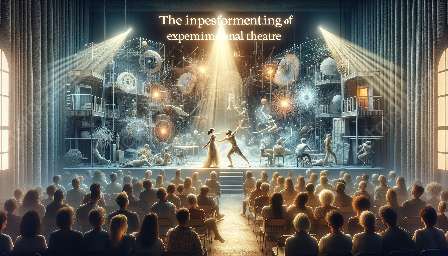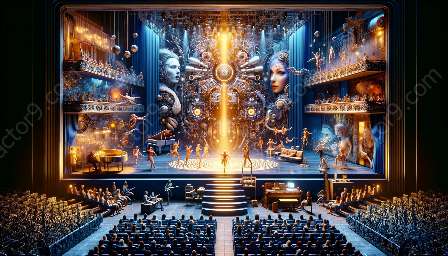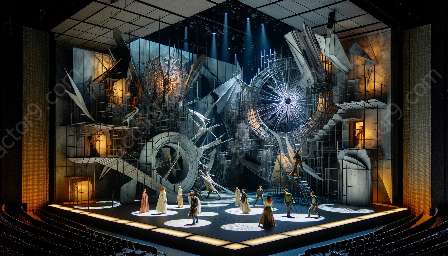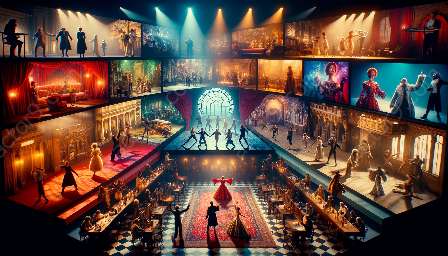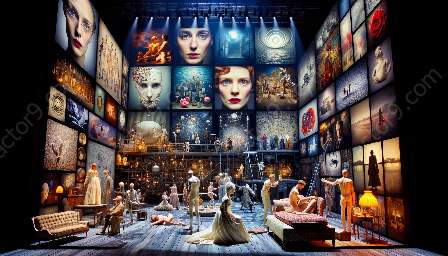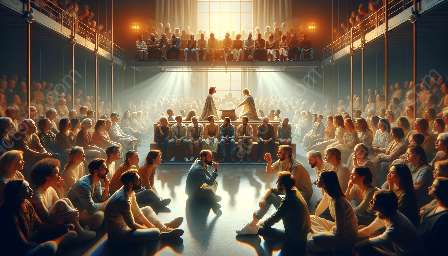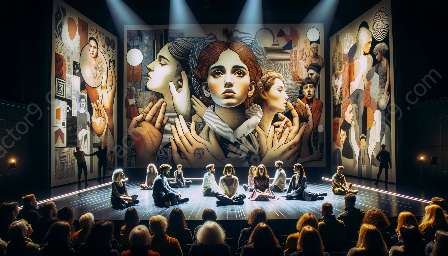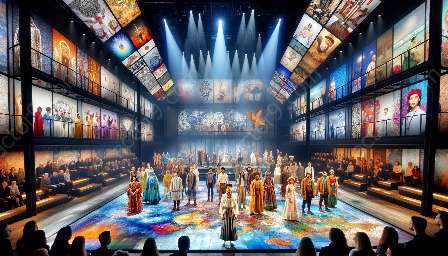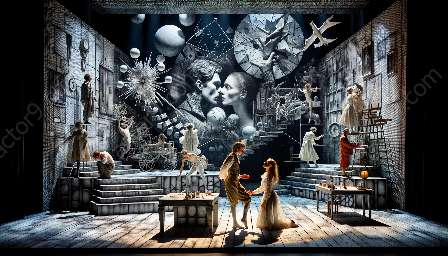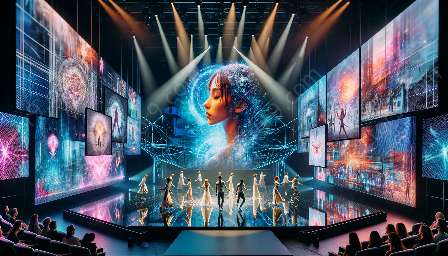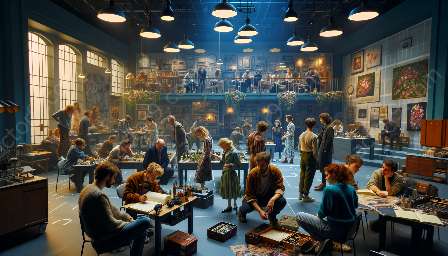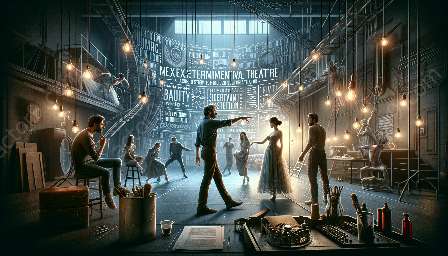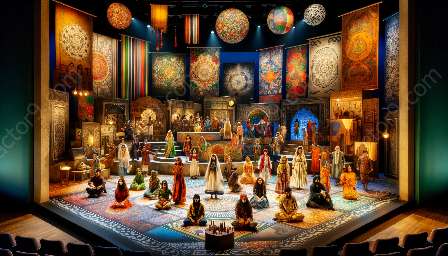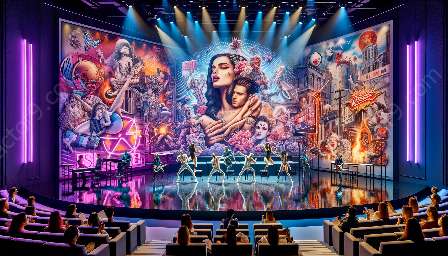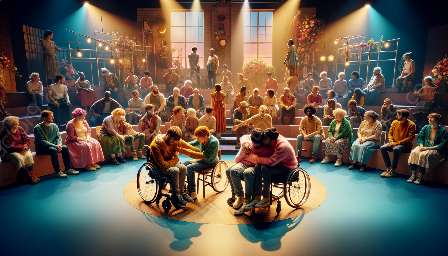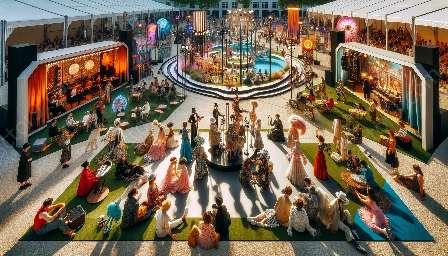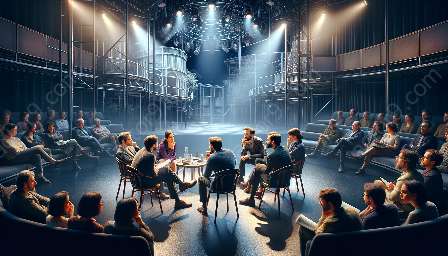Experimental theatre and street art are two artistic expressions deeply rooted in creativity, innovation, and non-traditional form, often intersecting with pop culture. This article will delve into the dynamic connections between experimental theatre and street art, and how they mutually influence and inspire each other in various ways.
Understanding Experimental Theatre and Street Art
Experimental Theatre: Experimental theatre defies conventional norms, often characterized by unconventional storytelling, non-linear narratives, avant-garde staging, and immersive experiences. It emphasizes pushing boundaries, challenging societal norms, and exploring new forms of expression.
Street Art: Street art encompasses a diverse range of art forms exhibited in public spaces, including graffiti, murals, stencil art, and installations. It often serves as a platform for social commentary, reflects counterculture movements, and challenges the traditional gallery/museum setting.
The Interconnection
Experimental theatre and street art share a common foundation of unconventional expression, often blurring the lines between art and societal critique. Both art forms thrive on the element of surprise, engaging audiences in unexpected and thought-provoking experiences.
1. Shared Inspirations: Both art forms draw inspiration from pop culture, addressing contemporary issues, societal trends, and cultural phenomena. They resonate with audiences by reflecting the zeitgeist of the era, creating a symbiotic relationship with pop culture.
2. Breaking Boundaries: Experimental theatre and street art challenge traditional artistic and theatrical norms, encouraging unconventional storytelling and disruptive staging. They foster a spirit of rebellion against the status quo, often resonating with counterculture movements.
Impact on Pop Culture
Experimental theatre and street art have significantly influenced and shaped pop culture in various ways. They have redefined artistic norms and inspired mainstream media, fashion, music, and entertainment, influencing the evolution of contemporary culture.
1. Artistic Cross-Pollination: Collaborations between experimental theatre practitioners and street artists have led to innovative and interdisciplinary productions, blurring the boundaries between traditional and contemporary art forms.
2. Cultural Dialogue: Both art forms serve as platforms for initiating conversations about societal issues, promoting inclusivity, and reflecting the diverse voices within pop culture, contributing to a more inclusive and dynamic cultural landscape.
Conclusion
The interconnection between experimental theatre and street art transcends artistic boundaries, offering a rich and dynamic landscape for creative expression. As integral components of pop culture, they continue to inspire each other, catalyzing new forms of artistic innovation and social commentary.

